Fight Club (1999) – Breaking The First and Second Rules.
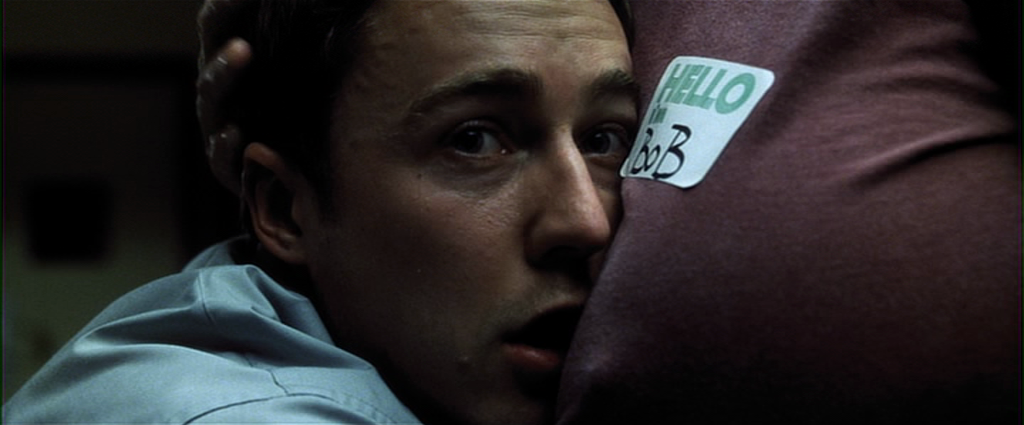
David Fincher’s 1999 adaptation of author Chuck Palahniuk’s 1996 novel was met with a lukewarm reception both critically and commercially upon its theatrical release and was to later find its audience on DVD. It is now considered both one of Fincher’s very best films and is regarded as a modern classic, currently sitting at No.10 on IMDB’s Top 250 films of all time. It also topped the recent Film ‘89 Twitter poll of the director’s best films.
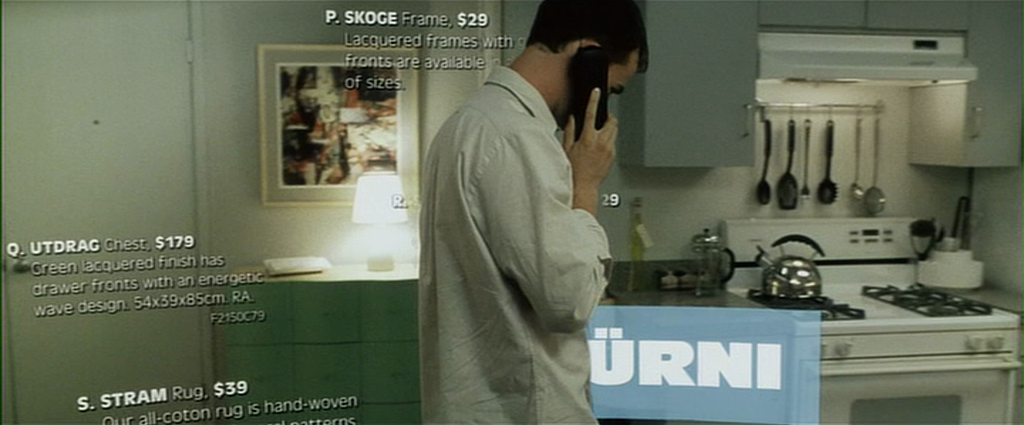
High praise indeed, but as stated, the film was far from successful upon its initial release grossing just $108 million worldwide on a quite hefty $63 million budget. When you factor in marketing costs on top (not generally considered part of a film’s production budget), Fight Club would have barely broke even. Why is this? Well the simplest answer would seem to point to the studio’s approach to the marketing of the film and the critical mauling it got from many respected critics. If the stories are to be believed, 20th Century Fox owner, Rupert Murdoch hated the film and would have happily seen it buried. Not a great starting point and looking back now, how do you adequately sell a film like Fight Club?
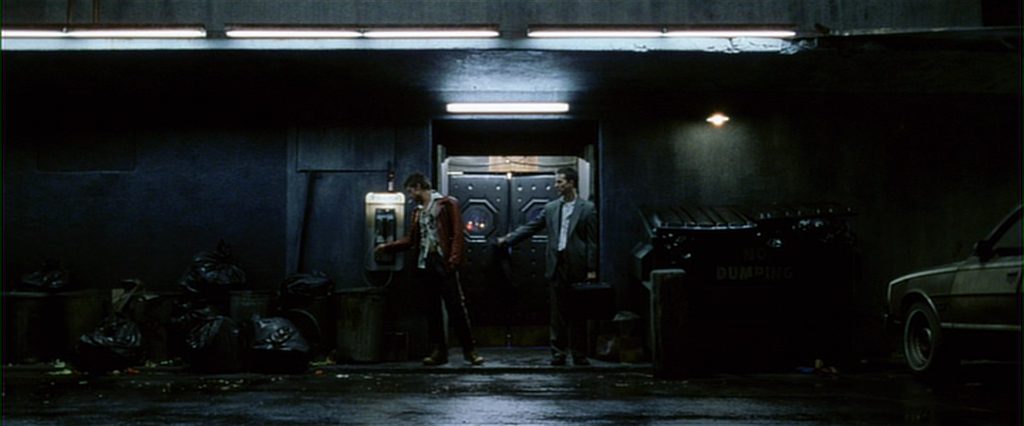
Nowadays the film sells itself on its reputation alone, but back in 1999, the year Star Wars returned to big screens and The Matrix wowed audiences with its mind-bending visuals, Fight Club was a much harder sell. Critics were, on the whole, very harsh in their reviews and it seemed that the majority of them simply didn’t know what to make of the film. How do you sell a film that is at once a thriller, a black comedy, a commentary on many things from the identity crisis of the disenfranchised white collar male, vapid consumerism in modern America, mental illness, media induced social conformity, and at its heart also a love story, a twisted, dark and very unconventional love story?
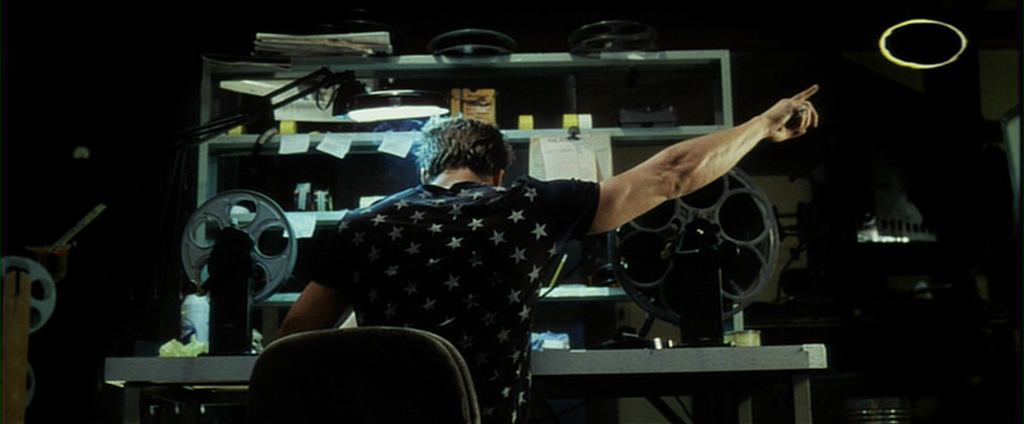
A film as stunningly well made as Fight Club will ultimately find an audience and like many cult classics, thanks to home video, it did just this. So what makes Fight Club such a great film? I would best liken Fight Club to an onion in that it is multi-layered and as you re-watch it and peel back those layers, it offers more with each subsequent viewing. Looking back now, some of the visual clues as to what is really going on with Jack’s new friend Tyler Durden seem more obvious than they did when I first saw it but at the time I just put it down to Fincher being playfully subversive.
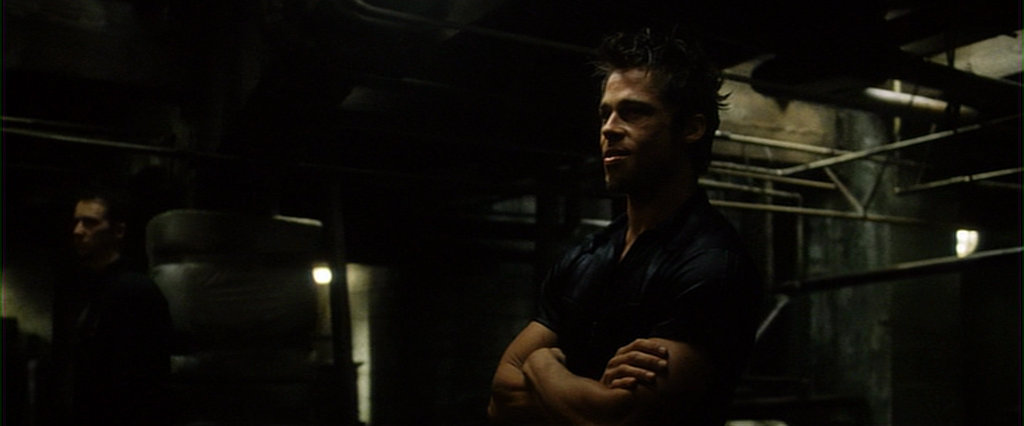
The Jack referred to is of course our protagonist played by Edward Norton in one of his best roles. He’s referred to as Jack from references made in his monologues but others like to refer to him simply as ‘The Narrator’. The fact that his identity remains vague is yet another layer to the onion. Jack is a collision inspector for a large insurance company and travels the country by plane on a daily basis. He has a nice apartment filled with Fürni (read IKEA) furnishings but he also has a massive hole in his life. He has no direction, he’s an insomniac and he’s very much in a rut. His only solace is in attending self-help groups where he strives to find catharsis in other people’s struggles. Here he meets Marla, played by Helena Bonham Carter, who throws a spanner into the works of his comfortably vacuous existence. This leads to an encounter with Tyler Durden, played by Brad Pitt in possibly his best performance.
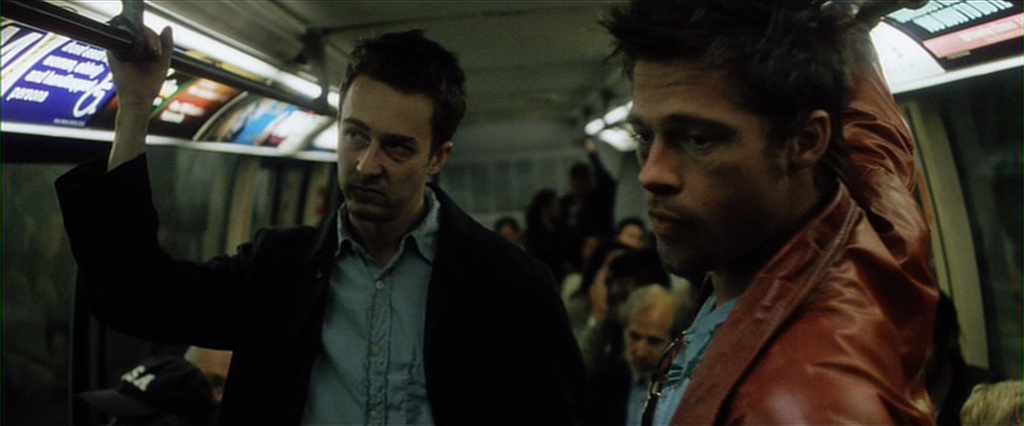
Tyler is the epitome of everything Jack is told by society and the media that he should be. Good looking, well dressed in his own unique way and infused with a world wisdom that Jack finds wholly enticing. Tyler and Jack start the underground Fight Club of the film’s title where the aforementioned disenfranchised white collar males find release from the mundanity of their lives by participating in said club where they beat seven bells out of each other (with some rules applied). The aim of this, as Jack tells us, is that although after a fight nothing is solved, nothing else matters. As Tyler asks Jack, “How much can you know about yourself if you’ve never been in a fight?” There’s a twisted yet undeniably sound reasoning behind that.
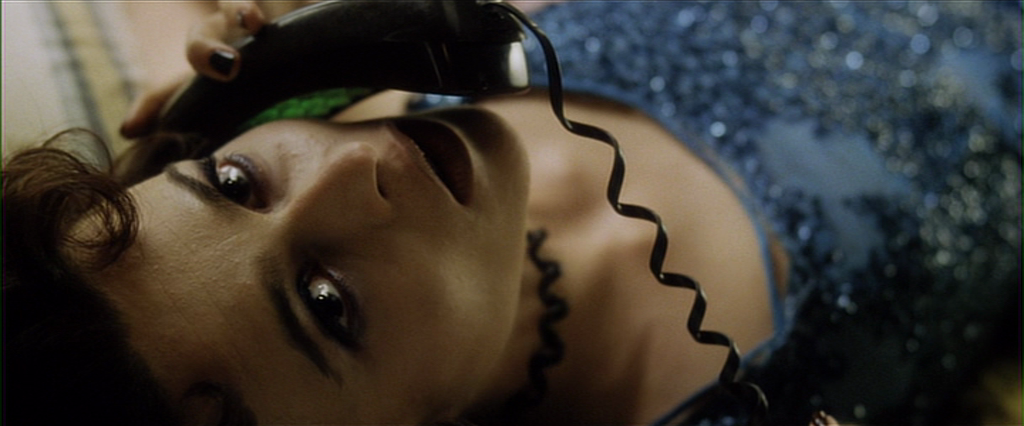
Tyler’s influence upon Jack enables him to start taking control of his life in quite dramatic fashion in some of the film’s funniest scenes because whilst thickly black in its comedy, Fight Club is an extremely funny film, although at times you may feel a perverse guilt as you laugh at things such as Marla’s famous post-coitus pillow-talk line to Tyler. Things start to take a sinister turn when Tyler moves on from ‘Fight Club’ to his new creation, ‘Project Mayhem’ and here is where Tyler and Jack’s relationship starts to drift apart.
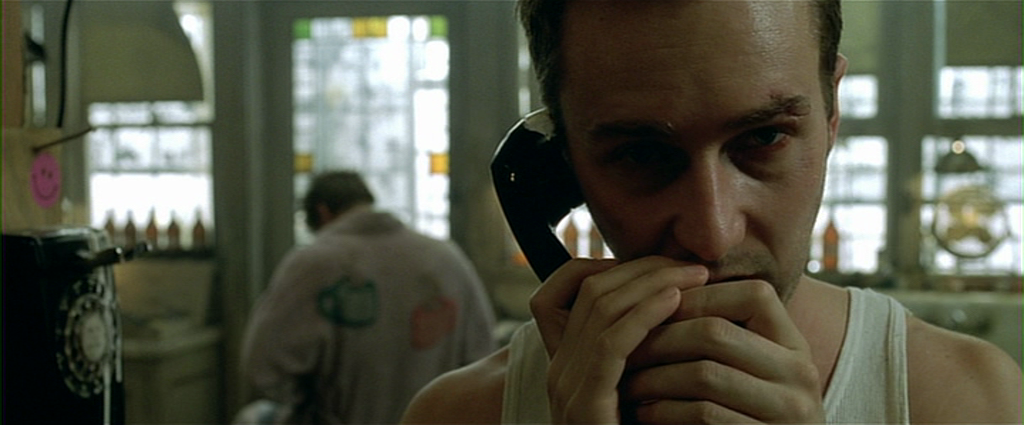
Now here’s where the spoilers begin…
If you haven’t seen Fight Club then please don’t read any further…
… Last chance…
*** SPOILER ALERT ***
So if you’ve come this far then I assume you’re well aware of Fight Club’s twist. It sure as hell took me by surprise as I went into the film having not read the novel (I’ve since read it, it’s brilliant) and had only seen the trailers which give away none of the twist. Jack suffers from a split personality, that additional persona being Tyler Durden who seems to manifest an increasing dominance of Jack’s mind and body the further we get into the film.
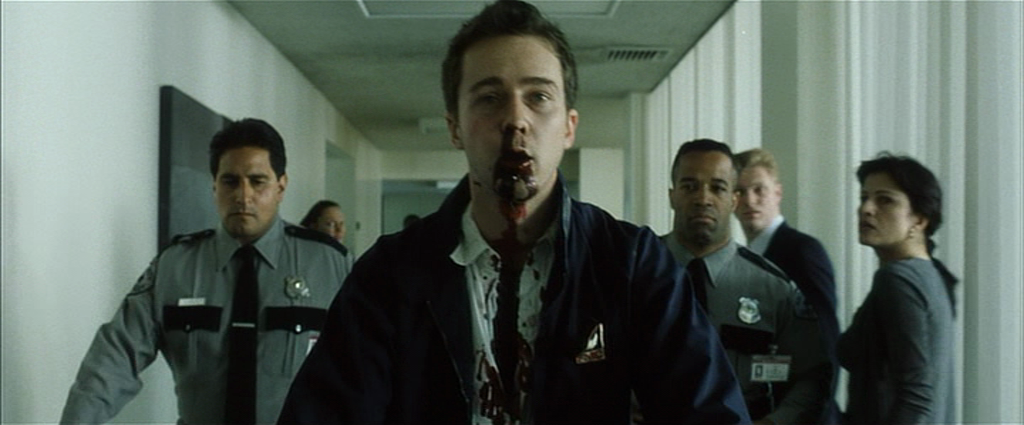
Tyler is the ultimate anarchist but his final goal is not to destroy society but to bring mankind down to his previous hunter-gatherer level of existence, living off the land and not working a dead-end job just to buy materialistic, mass produced shit that he doesn’t need. Tyler intends to bring about this post-apocalyptic utopia by wiping out the credit system which, in reality, if it was possible to do, would cause worldwide chaos on a scale not dissimilar to a natural disaster of global socio-economic proportions. As Jack finally realises the truth of his predicament he is able to fight back against his alter ego and save Marla. The final scene of them holding hands as Tyler’s explosives go off is a perfectly ambiguous end to the film.

By very definition of Jack’s situation throughout Fight Club he is an unreliable narrator and the concept of reality within the confines of the narrative becomes completely subjective. This gives Fight Club a unique appeal in that the film is like a box of Lego® blocks. What I make of it may be vastly different to the interpretation of the next person. My own personal take on the message at the film’s end is that for all of Jack’s soul searching to find the one thing he lacked in order to fill the void in his life, the solution was right there in front of him, Marla, the woman he didn’t even realise he loved or needed. So even though Fight Club was initially seen by critics as a testosterone fuelled tale solely made to appeal to men, it’s final message might actually be one that contradicts such a view. It was the love of and for a woman that healed Jack’s fractured mind and although he may have realised this a little too late, the message is there nonetheless.
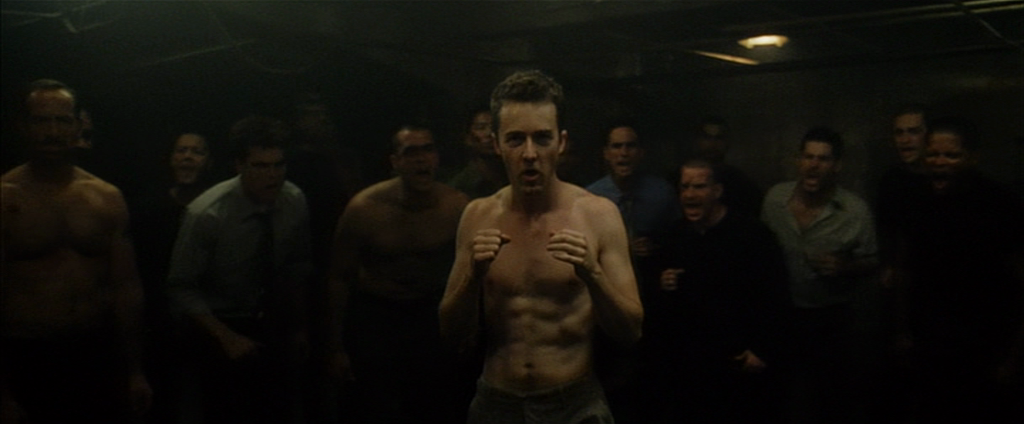
On a technical level Fight Club is flawless. It’s beautifully shot by DP Jeff Cronenweth (son of Jordan Cronenweth), superbly edited, has a great bespoke Dust Brothers soundtrack and makes subtle use of a variety of in-camera and digital effects. Whilst at times very graphic, the film isn’t overly gratuitous in its use and depiction of violence. Any such scenes are there to drive the narrative forward and develop the characters such as the scene depicting Jack’s viciously OTT pummelling of Jared Leto’s character Angel Face.
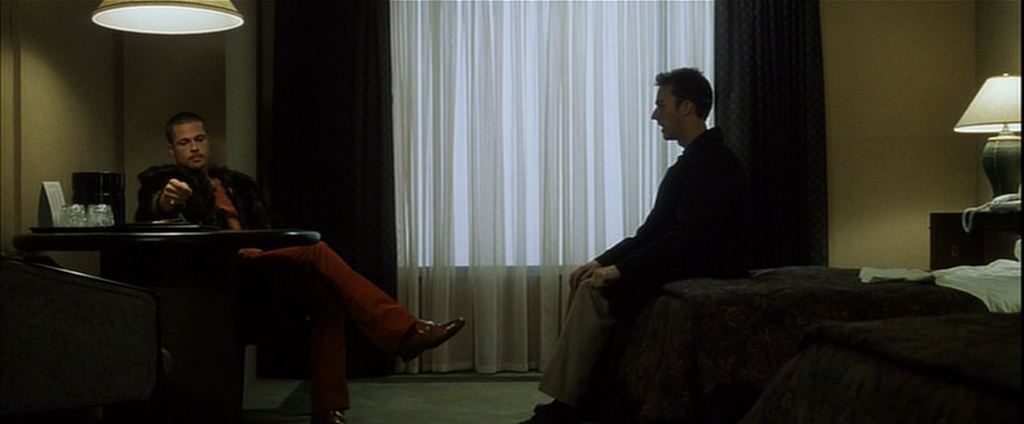
The film is stuffed to bursting with so many stylistic flourishes that enhance the feeling that you’re watching a film that’s achingly self-aware with a fourth wall breaking tendency that always feels in keeping with the film’s subversive trickery. The on-screen text illustrating the Fürni catalogue layout of Jack’s apartment; the five times that Tyler flashes into frame early on before Jack actually meets him; the film reel coming off the spools as Tyler’s speech to the audience breaks through the fourth wall; Tyler’s final cock-shot spliced into the film, there are so many clever little touches and a level of depth that makes repeat viewings absolutely essential to gaining a full understanding as to the level of bravura filmmaking genius on display here.
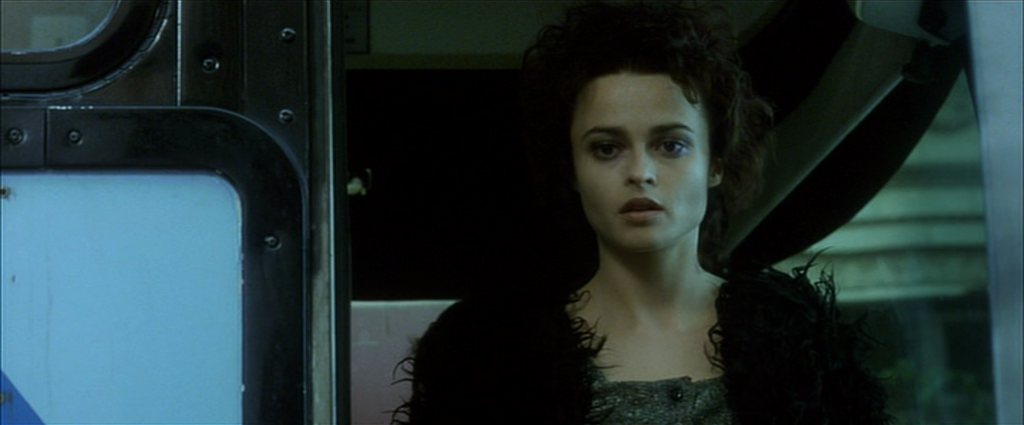
On all fronts Fight Club is a perfectly crafted and richly layered masterpiece that both demands and thoroughly rewards repeat viewings. I can think of no film even remotely similar to come before it. Indeed, it could be argued that Fight Club is a film that either straddles multiple genres, or more accurately, doesn’t actually befit such specific categorisation. It showcases one of the great directors of our time at the very top of his game and the same can be said for the brilliant cast. It is darkly shocking yet gleefully funny in equal measure. It gives thoughtful commentary on many aspects of society yet at times, Tyler seems to purposely contradict his own skewed message of freedom from oppression.
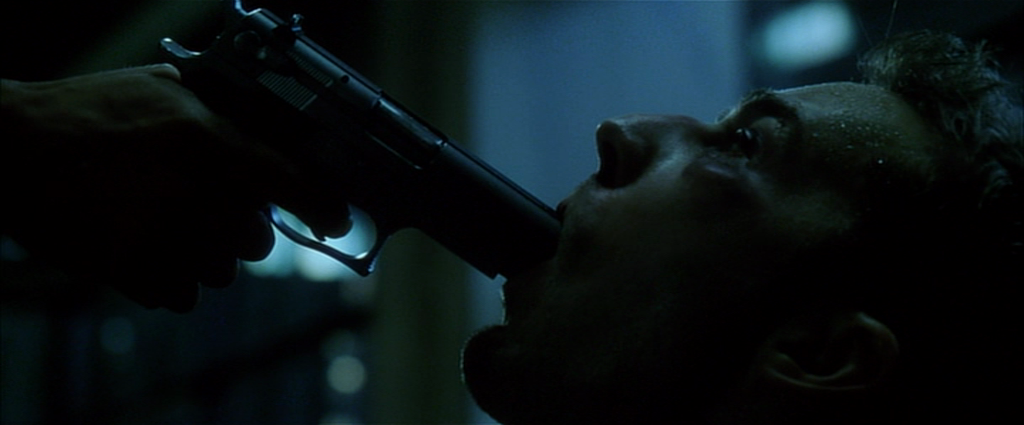
Tyler would tell us that we are not a beautiful and unique snowflake, ironically Fight Club is just that.
Film ‘89 Verdict – 10/10
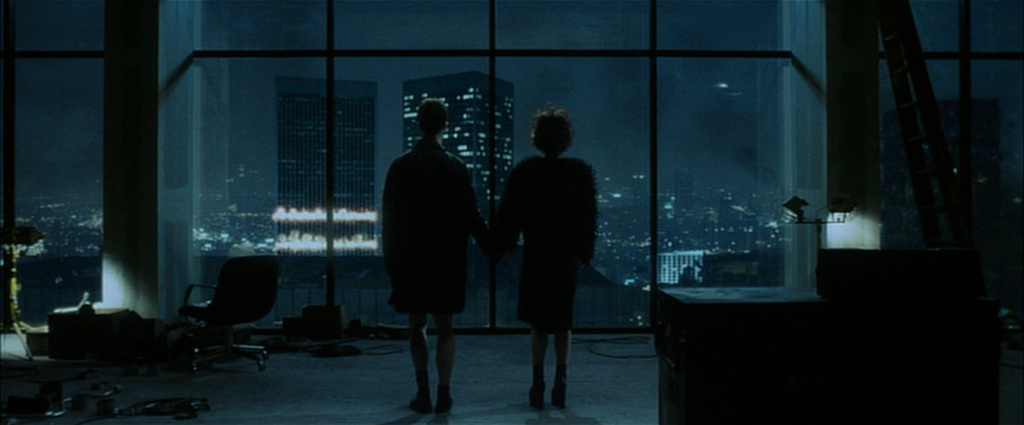

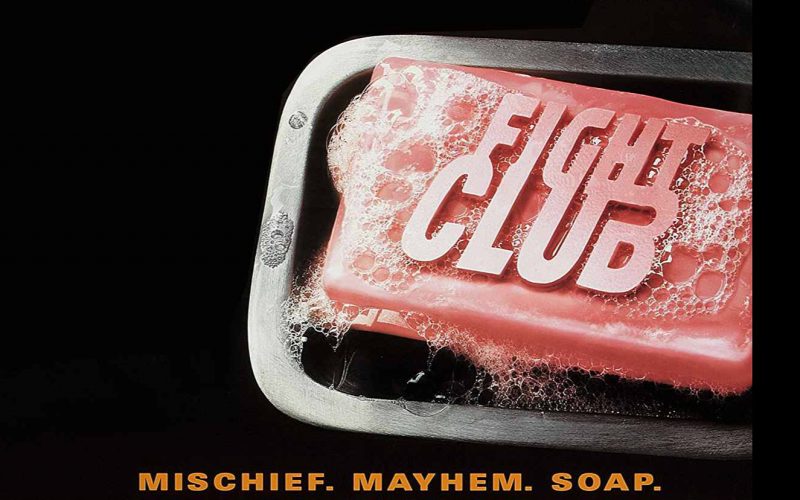
A spot on assessment of a perfect movie that juggles.dark comedy, visual candy, society commentary, fantastic soundtrack, & first rate acting. Critics were fast to judge this as a violence filled, testosterone mess which was unfair. As Skye put it perfectly, this benefits from repeat viewings & absorbing all the nuanced comedy as well as the message. Great piece.